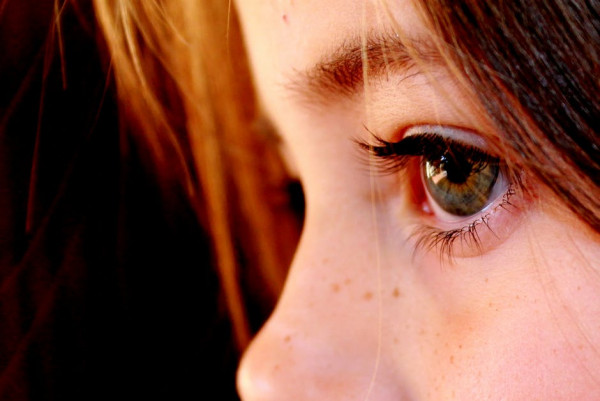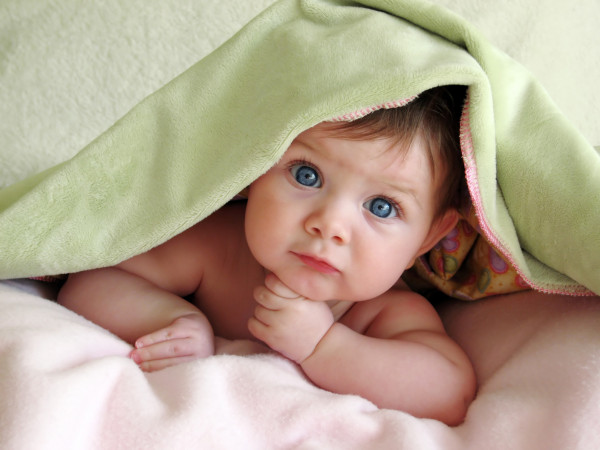Predicting a baby's eye colour is similar to playing a calculated game of cards. Sometimes you can predict fairly accurately.
For instance, if both parents have dark brown eyes, the odds of having a blue eyed baby are rare, but it can happen.
Since the gene for blue eyes is recessive, you need two genes for blue eyes to actually have a blue eyed baby. The gene for brown eyes is dominant.
In this case, only one gene is needed for brown eyes to have a brown eyed baby. Therefore, if someone has one gene for blue eyes and one gene for brown eyes, the baby will have brown eyes.
Even if two parents have brown eyes, they could both have one recessive gene for blue eyes. If they both pass the recessive blue eye gene to their baby, then the baby will have two genes for blue eyes and will be born with blue eyes.
The gene for green eyes is dominant over blue eye colour, but recessive to brown. So what colour eyes could a baby have if one parent had green eyes and the other brown eyes? Because the genetics of eye colour is quite complex and poorly understood, the baby could have almost any eye colour from hazel to blue.
Most experts agree that baby's eye colour will either remain the same or will darken over the first six to nine months of life. Grey or blue eyes can turn brown, green or hazel, but brown eyes likely won’t become blue.
If the whites look a little bluish at first, don't worry. This is normal and they will lighten.
Unfortunately, to see what colour baby's eyes will be, you'll just have to wait and see what happens in four to six months.









